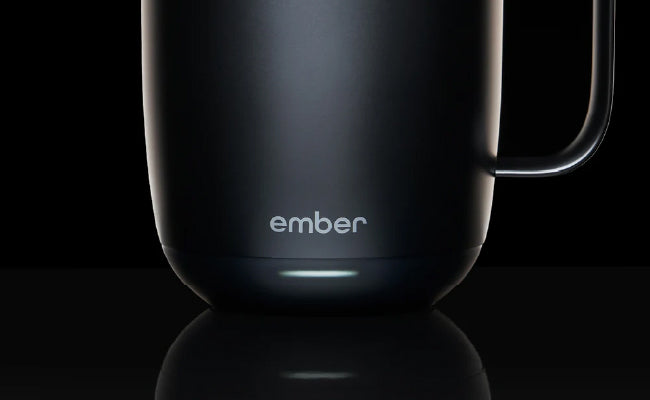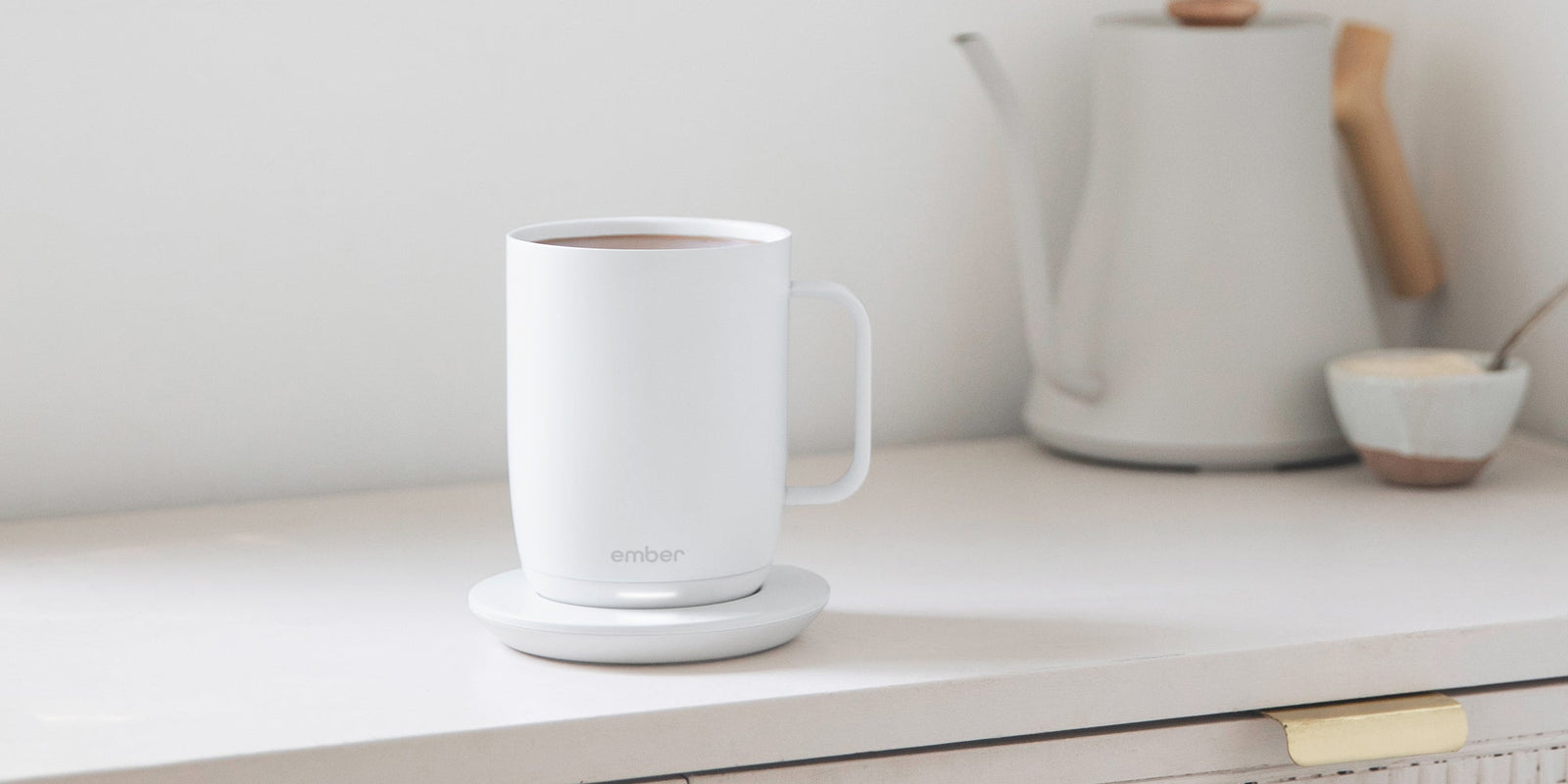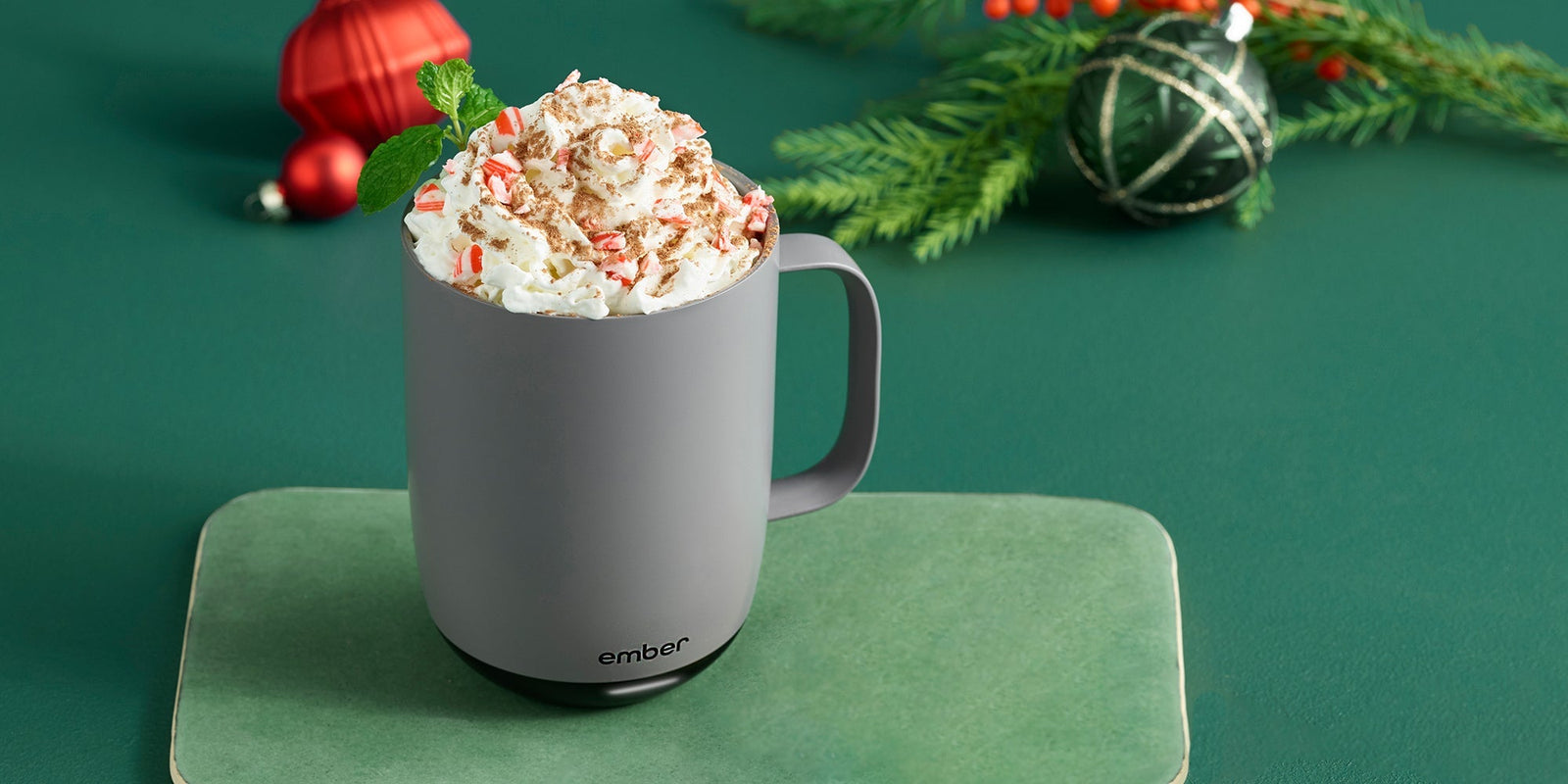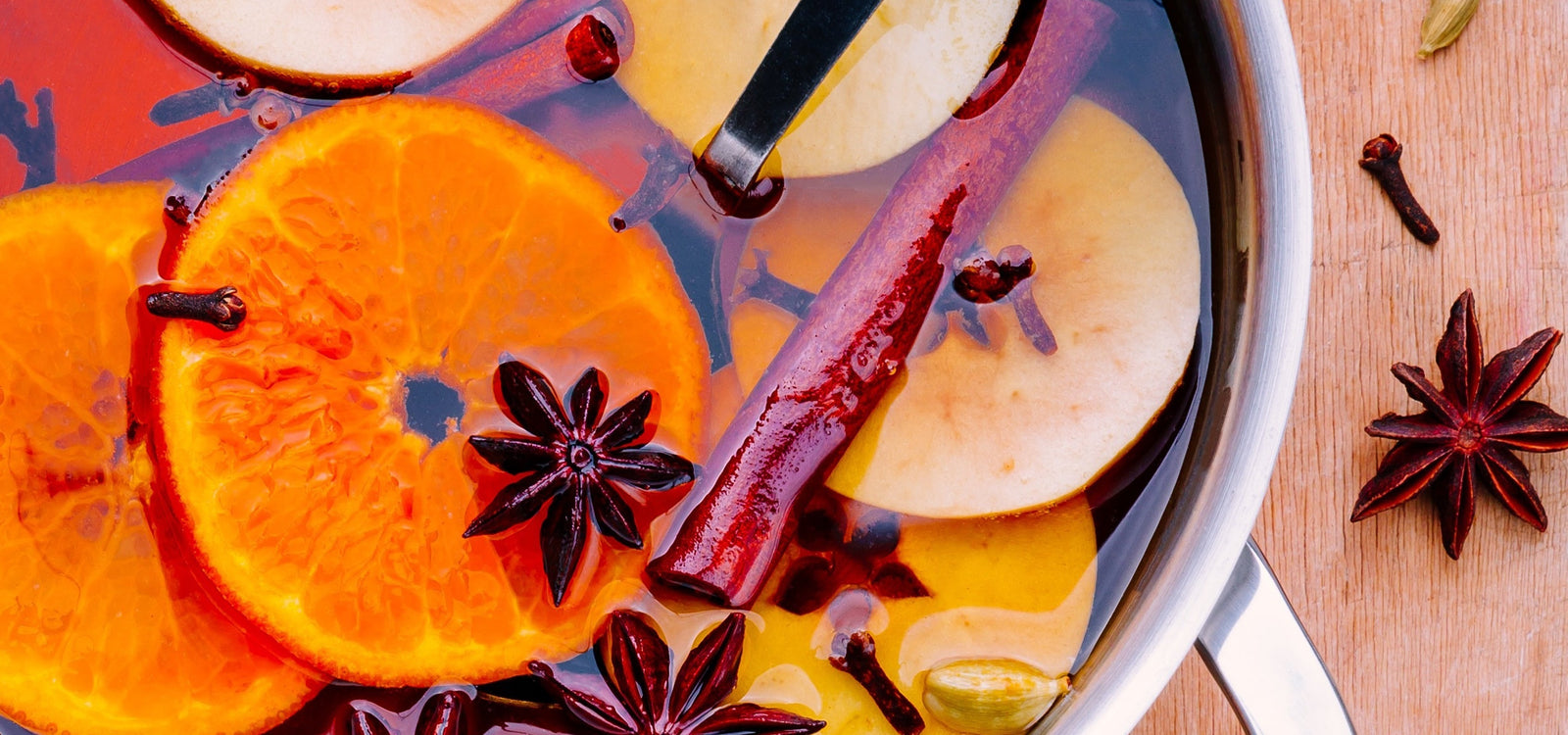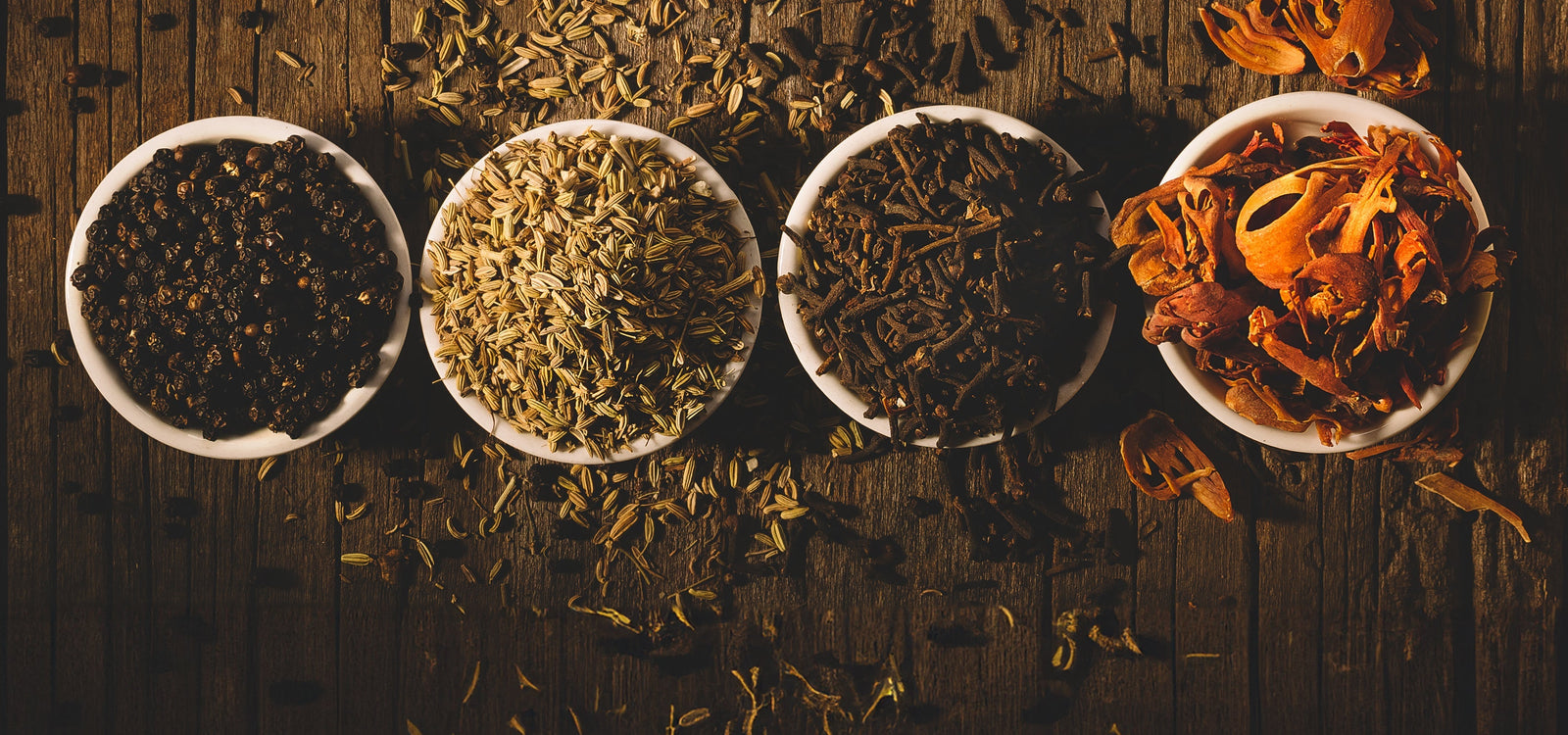There are over 3,000 types of tea in the world, each unique with their own characteristics. However, there is only one plant responsible for all teas (excluding herbal teas) – the camellia sinensis plant. So how do the same leaves turn into endless varieties of tea with wildly different flavors? Here’s what you should know to understand what sets the different types of teas apart.
How is tea processed?
Plenty of factors – from where the tea was grown to how the leaves are curled or torn during processing – determine the tea's final flavor. But one of the most important is how long the leaves are left to oxidize before being dried. The level of oxidation is what determines whether leaves become black, oolong, or green teas. White teas have similar oxidation levels to green tea, but unlike green tea leaves, the leaves used to make white tea are not rolled, curled, or shaped before being dried. Another type of tea, Pu-erh, undergoes a lengthy fermentation process before being dried.
Herbal “teas” are a class all their own. Because they don’t come from the camellia sinensis plant, they’re more accurately described as tisanes, a “tea” that’s made from anything other than the leaves of the tea plant.
Black Tea
Black tea is made by fully oxidizing the tea leaves before drying, resulting in more robust, maltier flavors that require high brewing temperatures. Most need to be steeped at near-boiling temperatures for 3-5 minutes. Some of the most popular types of black tea include:
- Assam
- Darjeeling
- Ceylon
- Blends and flavored teas like English breakfast, Irish breakfast, and Earl Grey
Green Tea
Because green tea is unoxidized, it releases its flavors more quickly than black and oolong teas, making it one of the trickier teas to brew. When brewed correctly, most green teas offer sweet floral and pleasant vegetal flavors. When it’s oversteeped or brewed with too high temperatures, green teas can quickly become bitter or take on unpleasant “cooked vegetable” tastes. Some well-known types of green tea varieties are:
- Sencha
- Matcha
- Dragonwell
- Gunpowder
Oolong Tea
You can think of oolong tea as a middle ground between black and green teas in some ways. Some are heavily oxidized, making them similar to black teas, while others are very lightly oxidized and taste similar to green teas. Popular oolongs include:
- Ti kuan yin (a lighter oolong, closer in flavor to a green tea)
- Phoenix oolong (a darker oolong, closer in taste to a black tea)
Pu-erh Tea
Pu-erh tea is well-known in China and among tea connoisseurs, but isn’t as popular in the West. Pu-erh tea is made from fermented tea leaves and is known for its rich, earthy flavors. Pu-erh tea is usually rinsed and brewed using the traditional Chinese gongfu method, which involves a small clay teapot and short brewing times of 10-20 seconds.
Herbal Teas
Herbal teas aren’t actually “true” teas at all, meaning they don’t come from the leaves of the camellia sinensis plant. Instead, they’re made by steeping any one of a wide variety of herbs, flowers, and other plants. Some of the most popular include:
- Peppermint
- Rooibos
- Yerba mate
- Floral teas like chamomile, jasmine, and lavender
Now that you’ve got a basic understanding of the different types of tea, your next step to becoming a tea connoisseur is learning How to Make a Proper Cup of Tea every time. As you steep and taste your way through the many varieties of tea, we recommend enjoying each cup in your Ember Mug².








